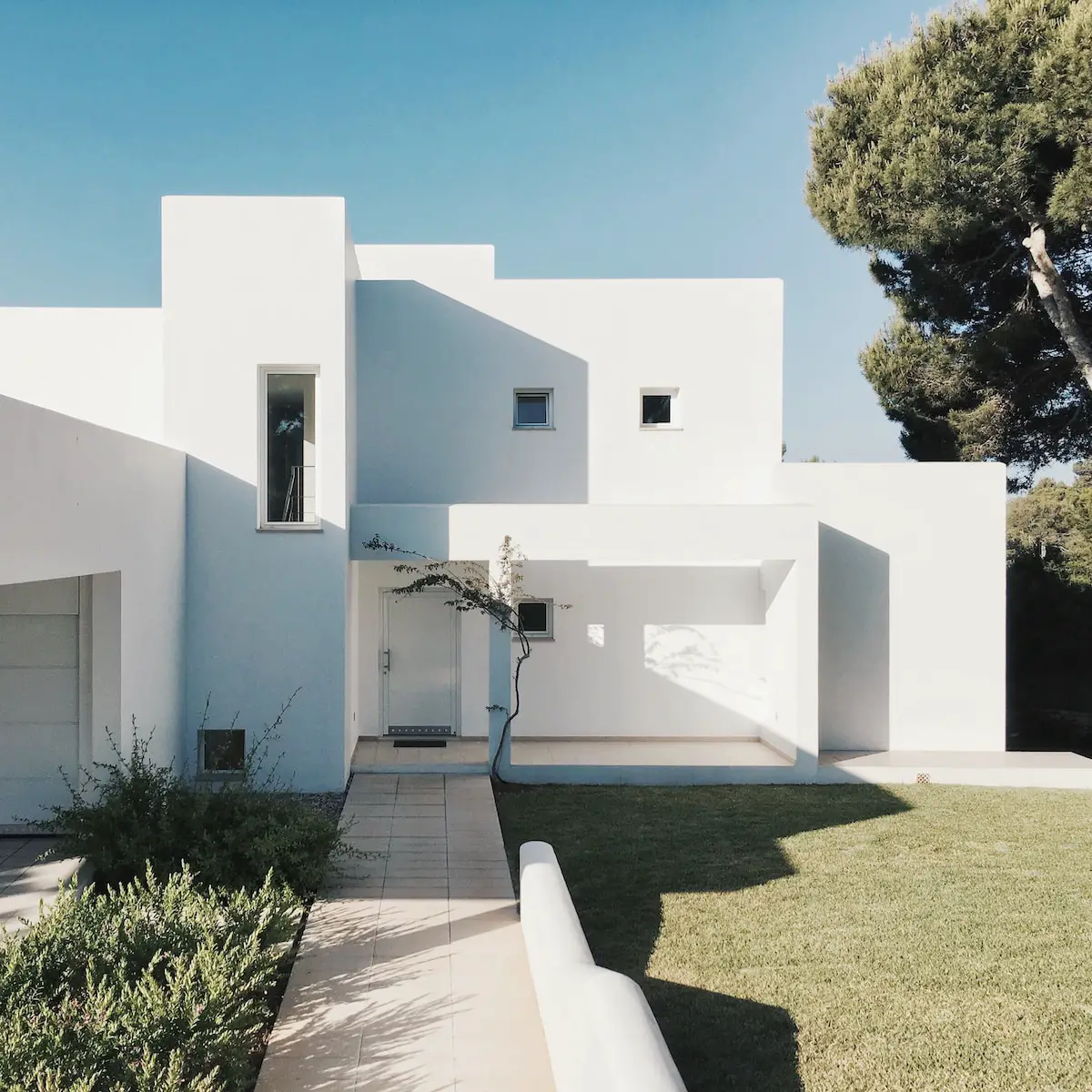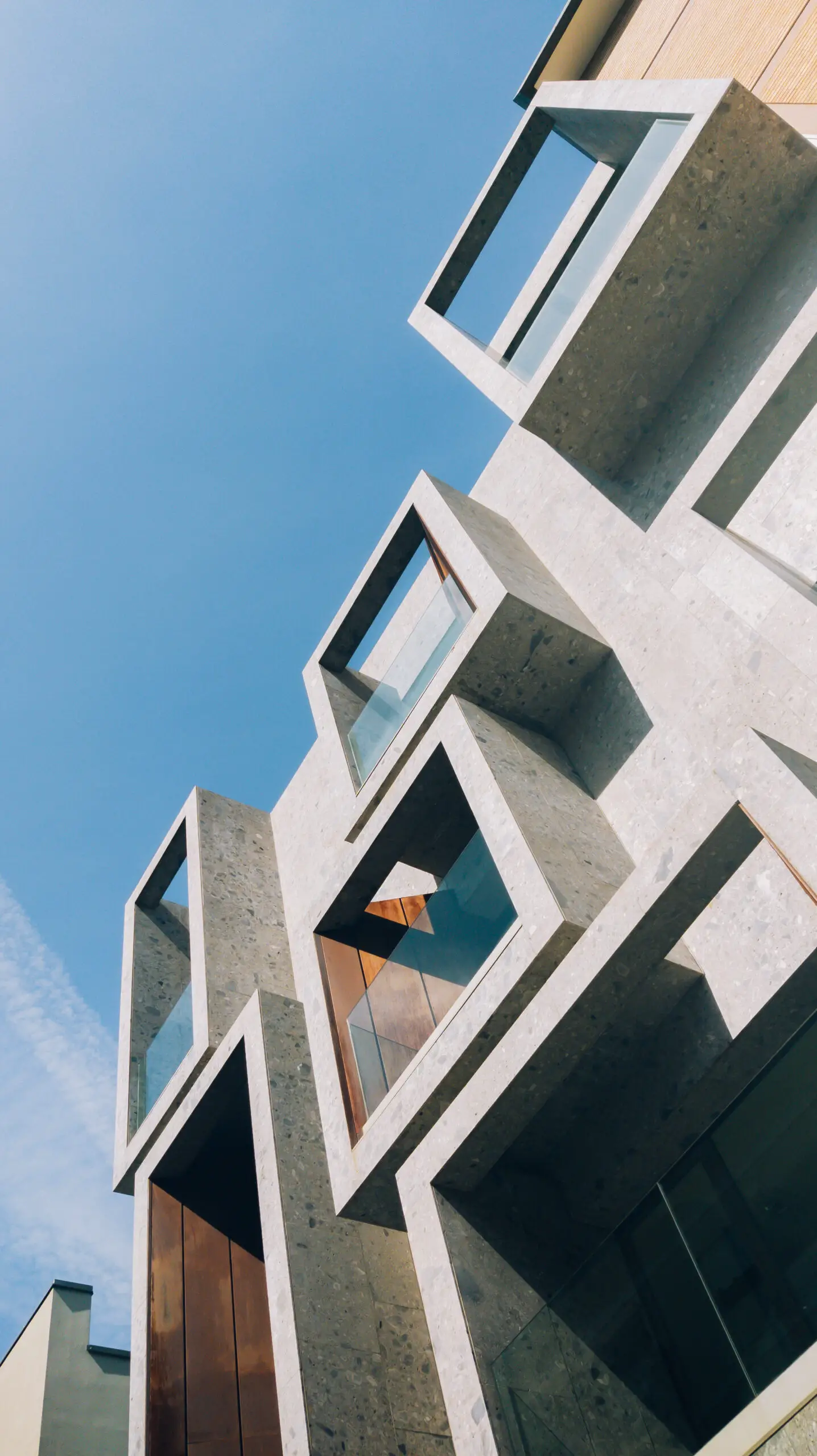Modular houses, also known as prefab homes, are a type of housing construction where the home is built off-site in sections that are then transported and assembled on-site. This method of construction has become increasingly popular in recent years due to its cost-effectiveness, speed of installation, and ability to customize designs to fit specific needs. Despite their benefits, one challenge with modular homes is their limited space.
Since these homes are built in sections, they often have smaller rooms and less living space compared to traditional homes. However, with careful planning and the right design strategies, it’s possible to make the most out of limited space in modular houses.
The Importance of Making the Most Out of Limited Space
Modular houses offer many advantages over traditional homes. They can be built more quickly at a lower cost and can be customized to fit specific needs.
However, they also come with unique challenges – one being limited living space. In order to create comfortable living environments in these smaller spaces, it’s essential to maximize every inch.
Effective use of space planning and storage solutions can make all the difference in creating an open and inviting atmosphere. Modular houses can feel cramped without proper attention paid towards maximizing storage systems such as built-in shelves or cabinets that utilize vertical space for storing items like books or clothes.
Another way to add disk-space is by installing pull-out drawers that allow you access items behind other items easily or organizers within cabinets or closets which help keep everything neat while providing additional disk-space. By making smart design choices such as incorporating movable walls or partitions for flexible living spaces that adapt easily when there is a need for more privacy or using multi-functional furniture like storage beds with hidden compartments underneath them that double up as seats/sofas during daytime hours amongst others; it’s possible to create an open-concept layout which allows for versatile use of space while still maintaining comfort.
It’s important to use every inch of space effectively in modular houses while considering the design aesthetic and personal preferences of the occupant(s). With the right planning, storage solutions, smart home technology integration and personal touches like artwork or plants can help maximize space utilization in these types of homes.
Maximizing Storage Space
Utilizing vertical space with built-in shelves and cabinets
If you’re living in a modular home, space is a valuable commodity. One of the best ways to utilize limited space is by installing built-in shelves and cabinets that maximize the vertical space in your home.

This can be done in almost any room – from the kitchen to the bathroom, living room, and bedroom. Built-in shelves and cabinets do not take up much floor space but provide ample storage for your belongings.
You can also add decorative elements to your built-in shelves that will give your modular home a personalized touch. Add a few books, some picture frames or unique decorative items on top of or inside these shelves to create an attractive display.
Installing pull-out drawers and organizers in cabinets and closets
Closets are another area where maximizing storage can significantly contribute to increasing usable living spaces in modular homes. Installing pull-out drawers and organizers in closets will help keep clothing, shoes, and accessories organized while freeing up floor space for other furniture pieces or decor elements. In addition, installing organizational components such as hanging rods, cubbies, racks or hooks will give structure to your closet layout while helping you identify clothes more quickly.
Using multi-functional furniture such as storage beds and ottomans
Furnishing a modular home requires thinking ahead- including considering the potential for dual-purpose furniture pieces such as storage beds or ottomans. Multi-functional furniture helps maximize limited spaces by providing additional storage options while also serving their primary functions.
A storage bed typically comes with drawers installed underneath it which provides extra storage areas for linens/bedding, clothing, or seasonal items. On the other hand, ottomans with hidden storage compartments can be used to store anything from shoes to magazines and books while also providing additional seating space for your guests.
Creating Flexible Living Spaces
As modular homes typically have limited space, it is essential to make the most out of every square inch. Creating flexible living spaces involves designing rooms that can serve multiple functions and accommodate various activities. This approach allows you to have a more comfortable and functional living environment without feeling cramped or cluttered.
Incorporating Movable Walls or Partitions to Create Separate Rooms When Needed
One way to create flexible living spaces in your modular home is by incorporating movable walls or partitions. These elements allow you to transform one large room into two smaller rooms or create a private space when needed.
For example, you could use a movable wall to separate your bedroom from your home office during work hours, then open it up when you want more space. The benefits of using movable walls or partitions go beyond their functionality.
They also add versatility and style to your home’s design. Modern designs include walls that fold accordion-style, slide on tracks or pivot on hinges for ease of use, and maximum visual impact.
Using Furniture That Can Be Easily Moved or Rearranged for Different Purposes
Another way to create flexibility in your modular home is by using furniture that can be easily moved or rearranged for different purposes. Invest in multi-functional furniture such as sofa beds, ottomans with storage compartments, and coffee tables with lift-up tops that provide extra storage underneath.
Additionally, choosing lightweight furniture with wheels makes it easy to move around furniture as needed without causing damage or straining yourself physically. With these options available, you can easily transform a living room into an entertainment area, workspace into a playroom for kids and vice versa.
Designing Open-Concept Layouts That Allow for Versatile Use of Space
Open-concept layouts are another way to create flexible living spaces in your modular home. An open-concept layout allows you to combine multiple living areas into one large space, eliminating the need for walls and creating an open and airy feel. This design approach maximizes the use of light and space while providing greater flexibility in how you use each area.
It offers ample room for a dining room, kitchen, living room or play area without feeling cluttered or constricted. Additionally, it makes entertaining guests more comfortable as there is enough space for everyone to move around freely.
Creating flexible living spaces in your modular home requires careful planning and consideration of your functional needs. Incorporating movable walls or partitions, using furniture that can be easily moved or rearranged for different purposes, and designing open-concept layouts are all ways to maximize your living space while enhancing its functionality.
Incorporating Smart Home Technology

Installing Smart Thermostats, Lighting Systems, and Security Features for Convenience and Energy Efficiency
One of the key benefits of modular homes is that they can be designed to be highly energy-efficient. One way to achieve this is by incorporating smart home technology. Smart thermostats, for example, can automatically adjust the temperature based on your schedule and preferences, ensuring that you never waste energy heating or cooling an empty home.
Similarly, smart lighting systems can turn off lights in empty rooms and adjust brightness levels based on natural light levels throughout the day. This not only saves energy but also improves your overall comfort.
In addition to saving energy, smart security features can also provide added peace of mind. Surveillance cameras and motion sensors can alert you in real-time if any suspicious activity is detected.
Smart locks allow you to remotely lock or unlock your doors from anywhere with a mobile device or voice assistant such as Amazon Alexa or Google Assistant. These features not only make your home more secure but also give you greater control over who enters your home.
Utilizing Voice-Controlled Assistants to Control Various Aspects of the Home
Voice-controlled assistants such as Amazon Alexa or Google Assistant have become increasingly popular in recent years as they offer an easy way to control various aspects of a smart home through voice commands alone. By integrating these devices with other smart home technology like lighting systems or thermostats, homeowners can control their entire living environment using nothing but their voice.
Using voice assistants ensures that everything from adjusting room temperatures to turning off lights before bed becomes a hands-free task. It not only saves time but also helps people with mobility issues by minimizing the amount of physical effort needed to use household devices.
Integrating Home Automation Systems to Manage Appliances, Entertainment Systems, and Other Devices
Home automation systems bring together all your smart home technology in one place. These systems can manage appliances, entertainment systems, and other devices to maximize their efficiency and convenience. For example, you can integrate your smart TV, audio system, and streaming device into a single interface that can be controlled from anywhere within the house.
Similarly, home automation systems can allow you to schedule when certain appliances turn on or off at specific times of the day. This ensures that energy is only used when it is needed and reduces the chances of forgetting to turn off an appliance like a coffee maker or toaster.
Overall, incorporating smart home technology into your modular home not only enhances convenience but also improves energy efficiency while providing added security features. With the range of smart devices available in today’s market, homeowners have numerous options to create a fully integrated living environment that suits their needs and preferences.
Adding Personal Touches
Modular houses can sometimes feel impersonal or generic, which is why it’s important to add personal touches to make the home feel like your own. One way to do this is by decorating with personalized artwork or photographs. Hang family photos, display your favorite art pieces, or create a gallery wall of different pieces that reflect your unique style and personality.
These small touches can make a big impact on the overall ambiance of the space. Another way to add personal touches is by choosing unique accents such as statement lighting fixtures or colorful rugs.
Lighting can set the mood of a room and adding a standout piece can not only provide functional lighting but also become a conversation starter. A bright, bold rug can also bring life and color to a room that may otherwise feel dull or boring.
Incorporating Plants and Greenery
Natural elements such as plants and greenery not only add aesthetic appeal but also offer numerous health benefits when incorporated into indoor spaces. Plants help purify the air, reduce stress levels, and increase focus and productivity in their surrounding environment. When incorporating plants into modular homes, consider using different types of plants that thrive indoors with minimal sunlight.
Some great options include succulents, snake plants, pothos ivy, and spider plants. To further incorporate nature into your home decor scheme, choose pots that complement your overall design aesthetic – whether it be modern minimalist or bohemian chic – there are plenty of options available to fit any style preference.
Adding personal touches and natural elements within modular homes can provide much-needed character and warmth within potentially sterile environments. Whether you opt for artwork on the walls or potted plants throughout the space – these simple additions will make all the difference in creating an inviting living space that feels like home.
VI. Conclusion
Small Space, Big Possibilities: Making the Most of Modular Homes
Modular homes offer a unique opportunity to create a comfortable living space in a limited area. By maximizing storage space, creating flexible living spaces, incorporating smart home technology, and adding personal touches, you can transform your modular home into a personalized sanctuary that fits your lifestyle. Maximizing storage space is essential in modular homes.
Built-in shelves and cabinets provide ample storage while taking up minimal floor space. Pull-out drawers and organizers make it easy to access items stored in cabinets or closets.
Multi-functional furniture such as storage beds and ottomans can also help increase storage capacity. Creating flexible living spaces allows you to use your home for different purposes without sacrificing comfort.
Movable walls or partitions create separate rooms when needed while open-concept layouts allow for versatile use of space. Furniture that can be easily moved or rearranged also provides flexibility.
Incorporating smart home technology brings convenience and energy efficiency to your modular home. Smart thermostats, lighting systems, and security features make it easy to manage different aspects of your living environment with minimal effort.
Voice-controlled assistants offer hands-free control over various devices while automation systems manage appliances and entertainment systems. Adding personal touches transforms your modular home into an extension of yourself.
Decorating with personalized artwork or photographs adds character to the space while unique accents such as statement lighting fixtures or colorful rugs add visual interest. Plants or greenery bring nature indoors for added tranquility.
Making the most out of limited space in modular homes is essential for creating a comfortable living environment that fits your lifestyle. With careful planning and attention to detail, you can turn a small area into a personalized sanctuary that offers big possibilities for relaxation and enjoyment.

